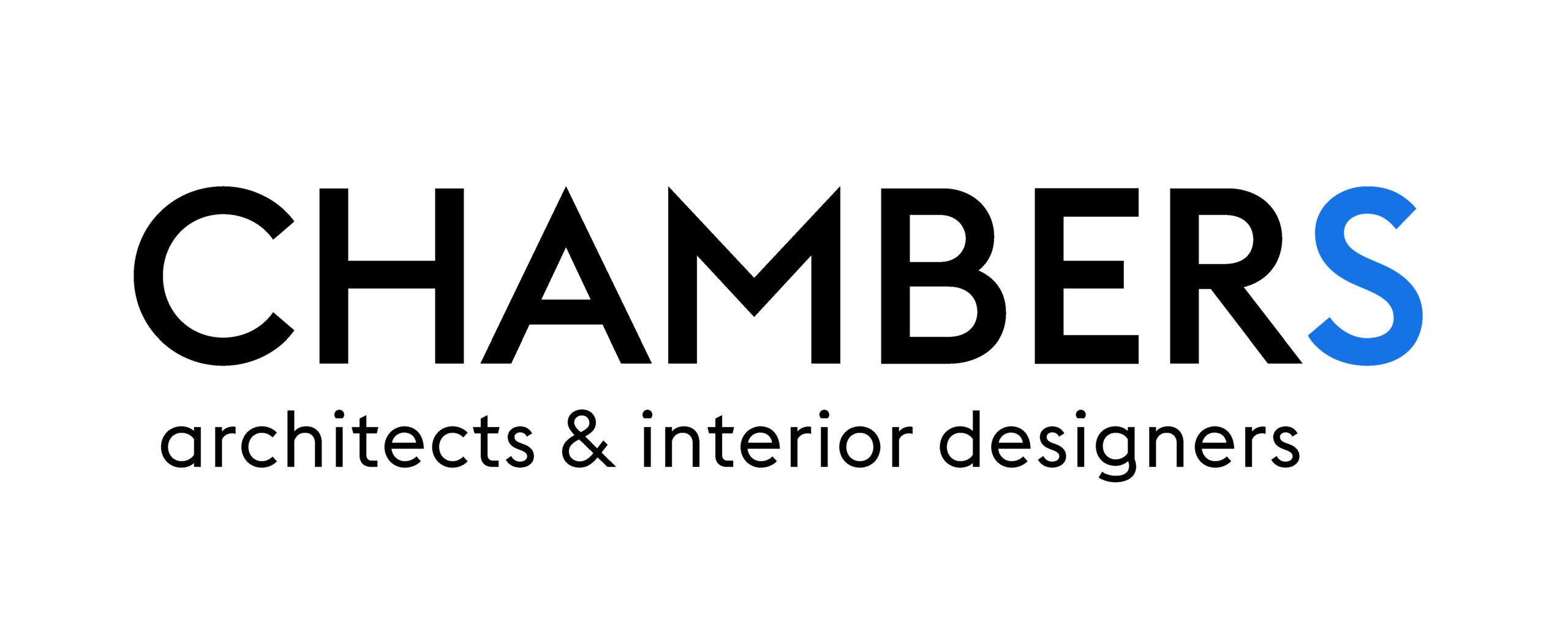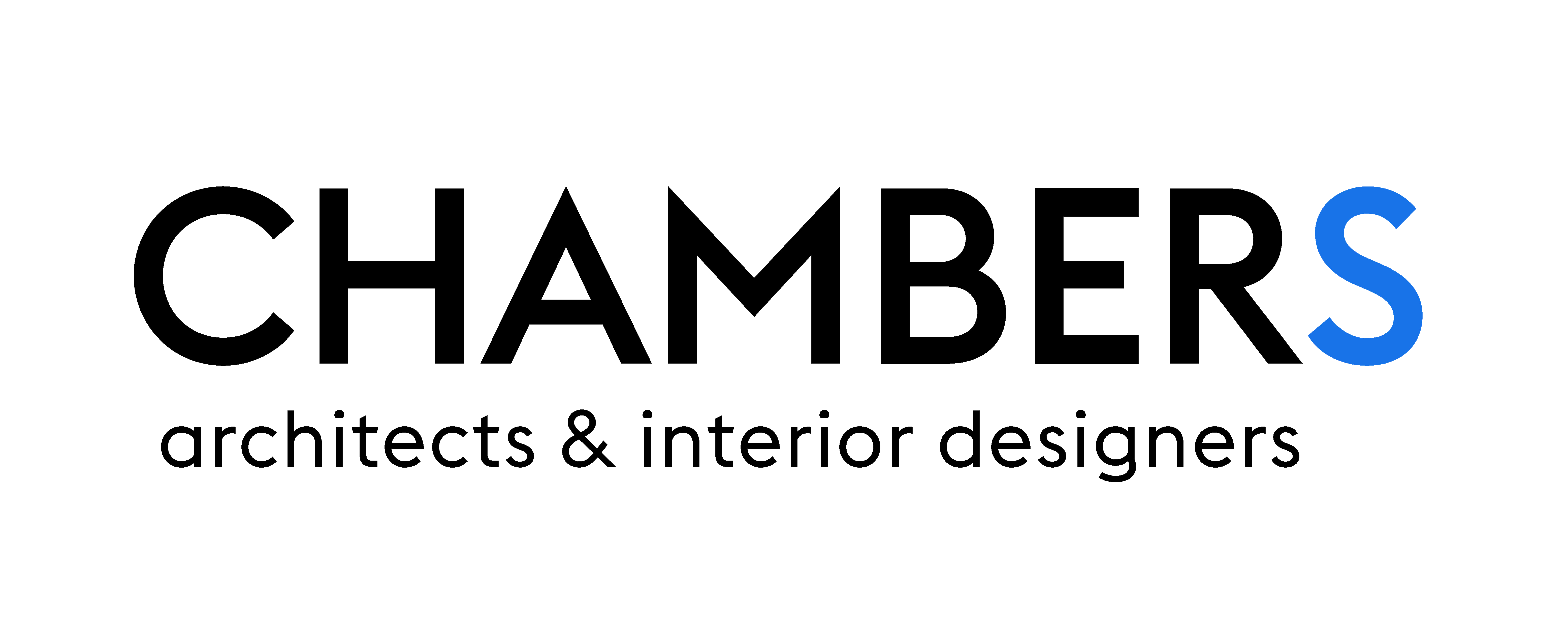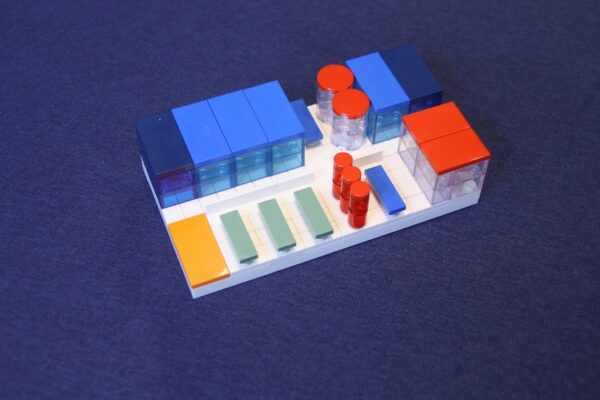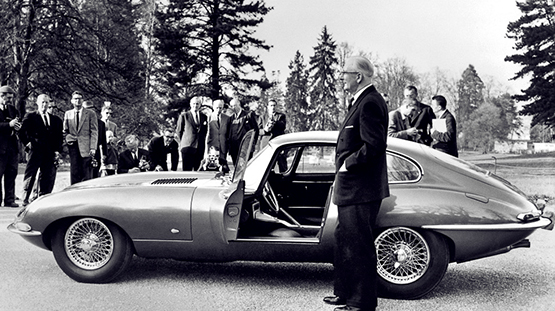Cultures des avocats
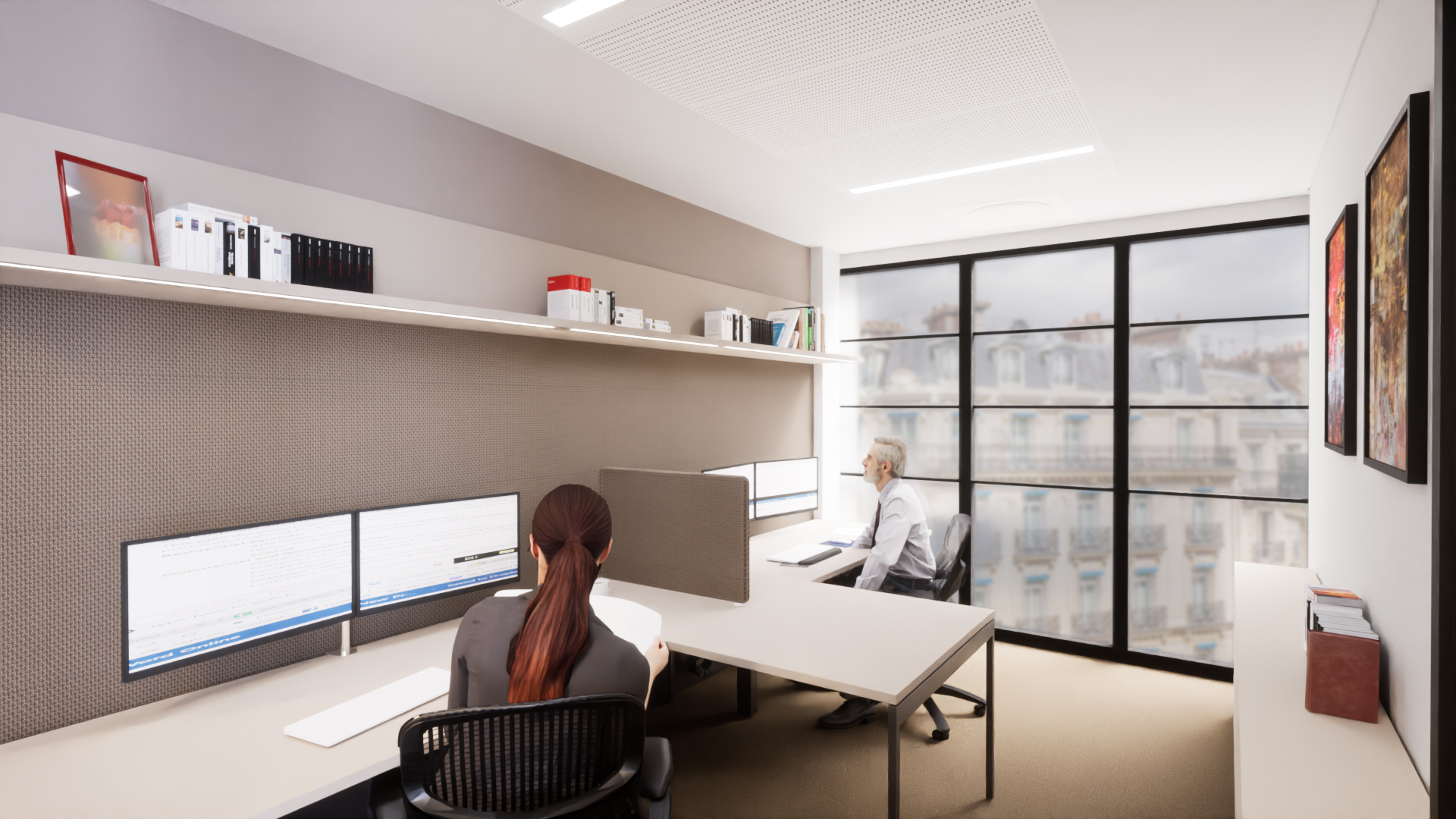
Durant la dernière décennie, et même avant parfois, Chambers a conçu les bureaux français de Proskauer Rose, DLA Piper, K&L Gates, McDermott Will & Emery, Paul Hastings, Morgan Lewis & Bockius… et en ce moment même de Norton Rose Fulbright, Hogan Lovells et Pinsent Masons. Tous parmi les grands cabinets d’avocats internationaux anglo-saxons. La confiance que les uns et les autres nous ont accordée est une grande fierté. Elle nous permet aussi de témoigner, avec un certain recul, de la manière dont ces acteurs de rang mondial ont eu à cœur de respecter une forme d’exception culturelle française, celle que revendiquent, pour leur environnement de travail, les représentants de ces prestigieuses sociétés à Paris.
On se souvient qu’il y a 15 ans de cela l’agence ferraillait pour faire accepter, ici, les cloisons totalement transparentes qui avaient conquis le monde de l’entreprise en général et, en particulier, les avocats d’affaires aux États-Unis et en Grande Bretagne… Elles font partie désormais des évidences auxquelles on ne s’attarde plus. D’autres mutations, bien plus profondes se sont opérées depuis, surtout dans l’après-Covid. L’open space s’est généralisé chez les juristes new-yorkais et londoniens. Paris y reste plutôt réfractaire.
Les confrères parisiens de ces grands cabinets seraient-ils outrageusement conservateurs ? Viscéralement attachés au « privilège » passé de leur bureau particulier ? Ce serait vite dit. Il y a des modes de faire au travail qui s’inscrivent autant dans une histoire particulière que dans des usages dont l’efficacité n’est plus à démontrer. Le bureau fermé demeure, du point de vue des associés, partenaires et collaborateurs parisiens, le lieu optimal de leur activité, de leur bien-être professionnel. Aucune raison pour Chambers de ne pas souscrire à cette conviction partagée. D’autant qu’elle sait aussi se réinventer.
Notre tout dernier projet, pour Norton Rose Fulbright voit pour la première fois l’abandon du bureau attribué. Le bureau fermé, pour un ou deux avocats, a été préservé, mais il n’appartient plus à personne ! Dans le fonctionnement hybride, domicile-cabinet, auquel s’est rangée la majorité, ce nouvel espace a été adopté immédiatement. Simplement parce qu’il répond au besoin d’aujourd’hui, culturellement et pratiquement. Conséquence directe, plus de bureaux disponibles à tout moment, mieux équipés, plus adaptés, absorbant avec fluidité les variations d’occupation des locaux au fil des semaines et des mois.
